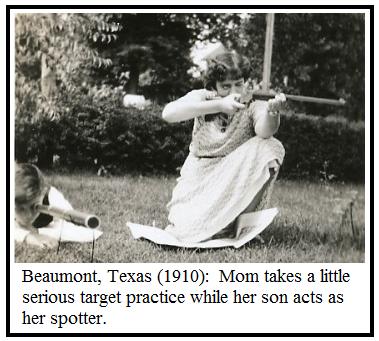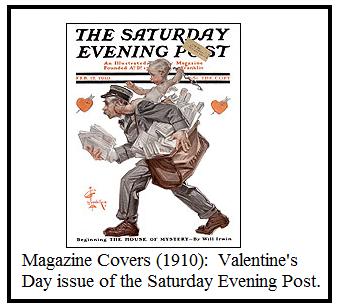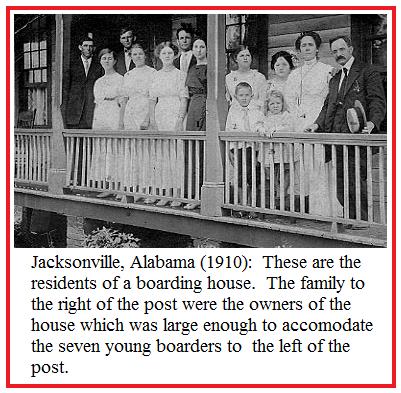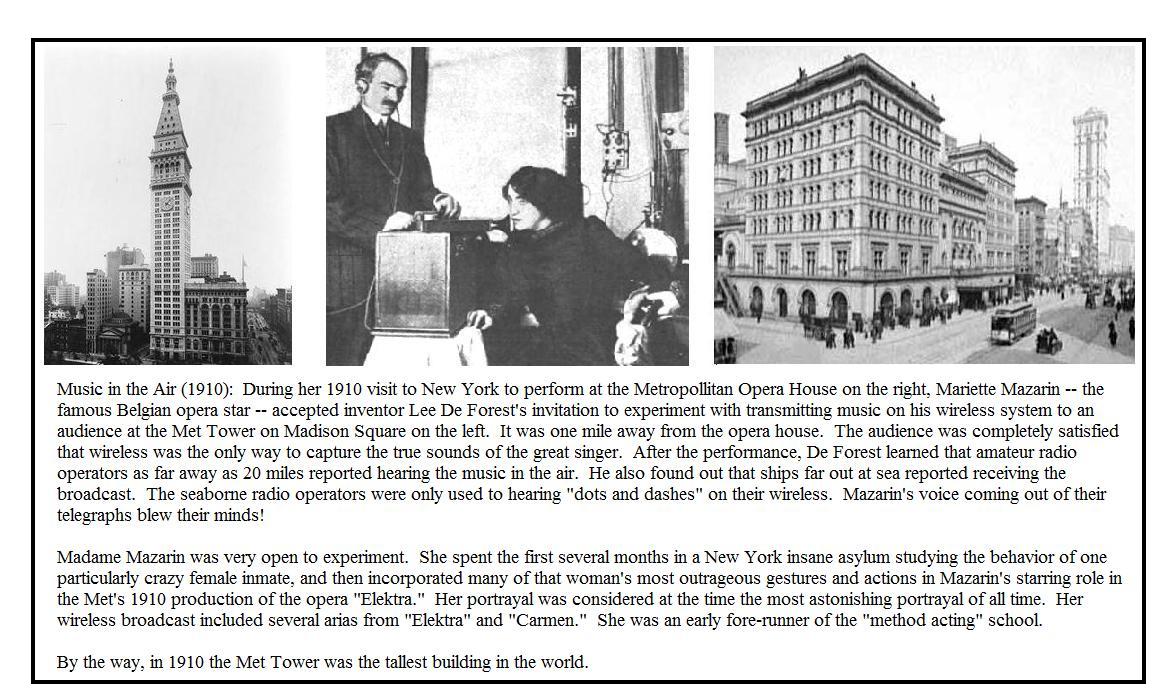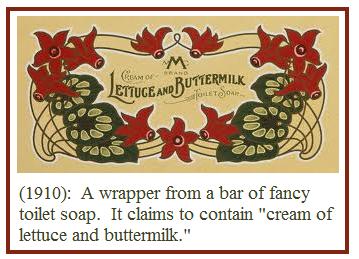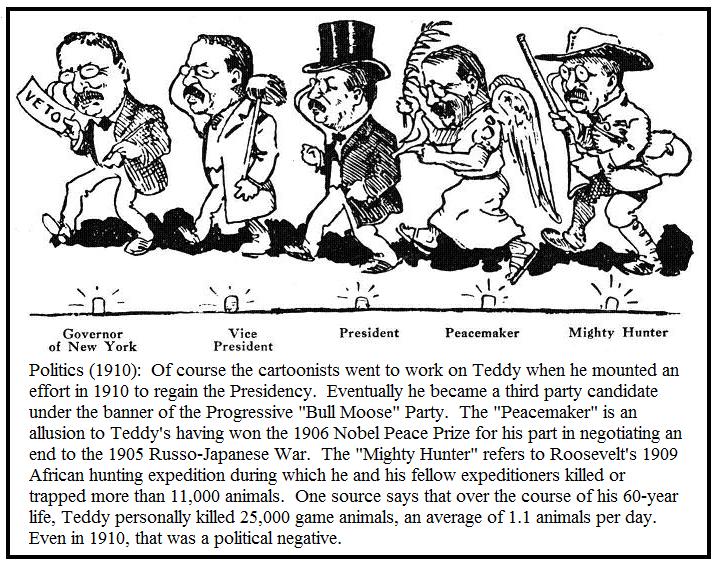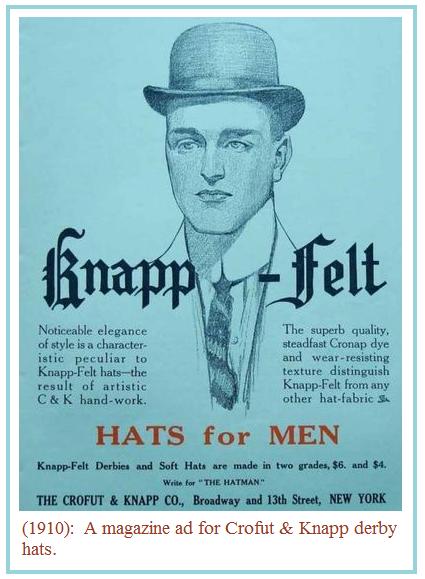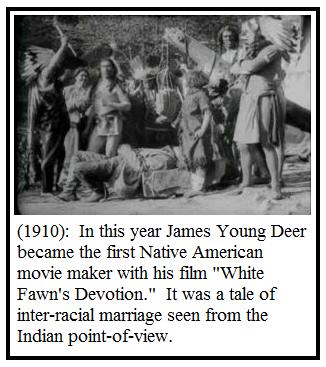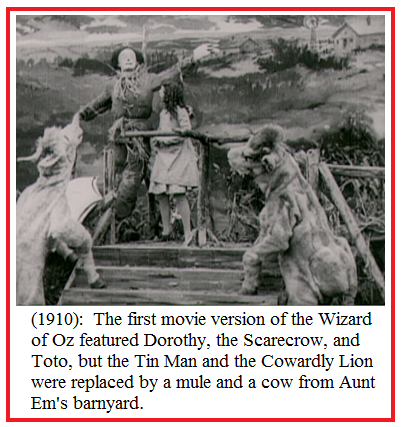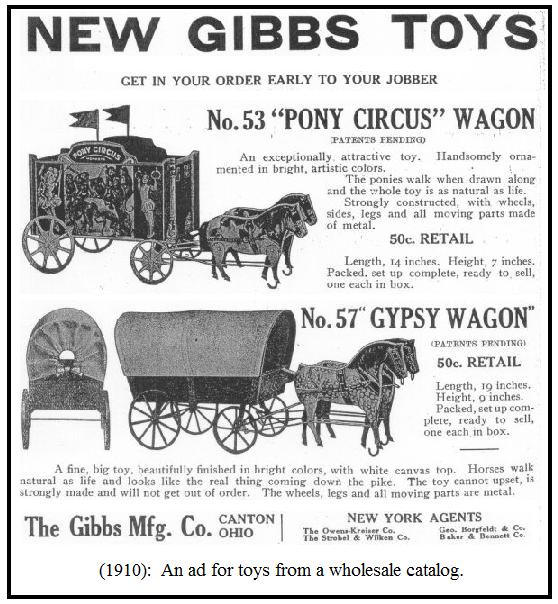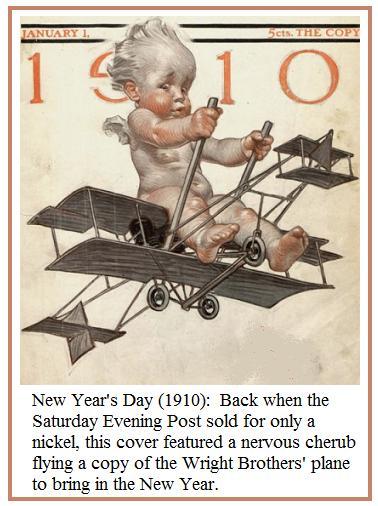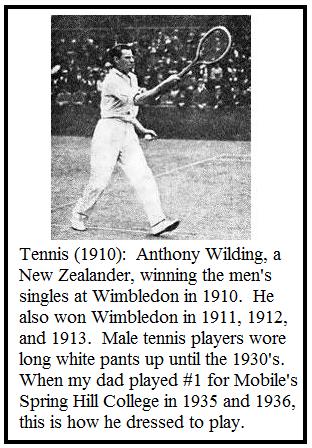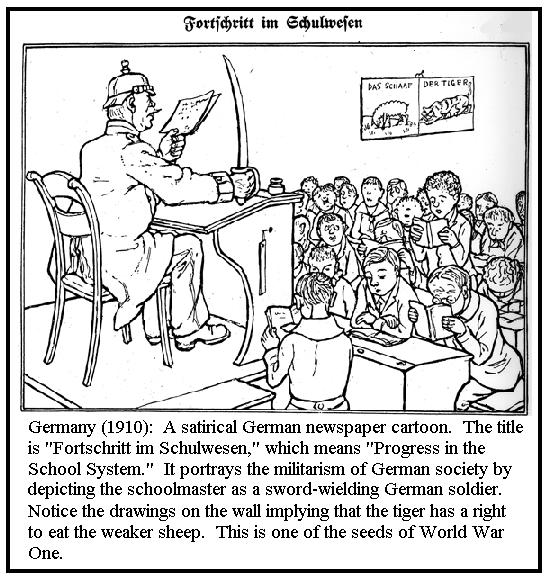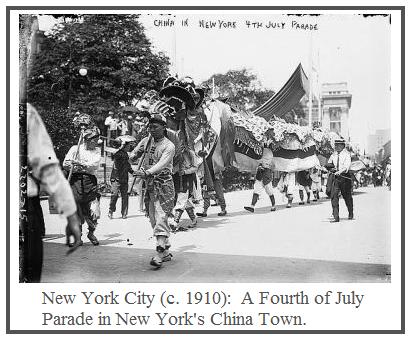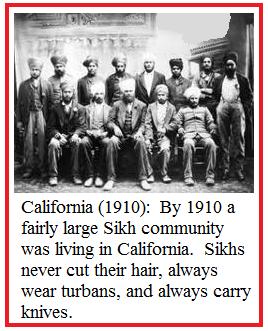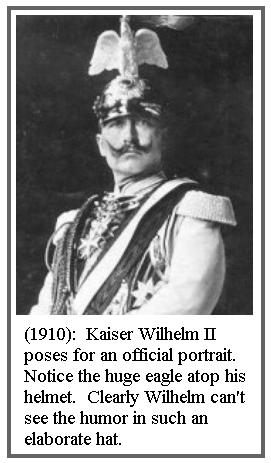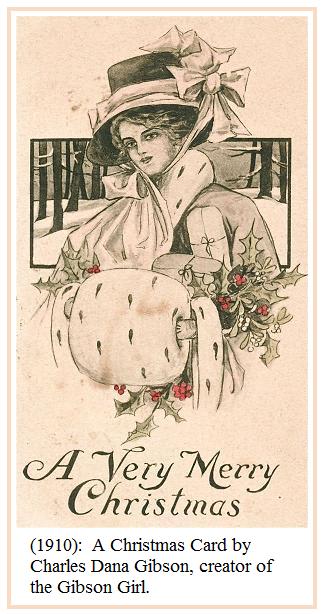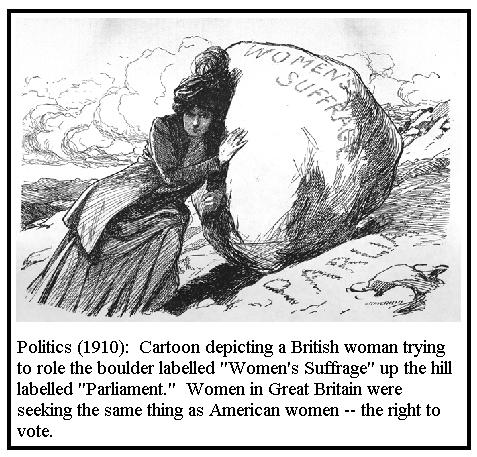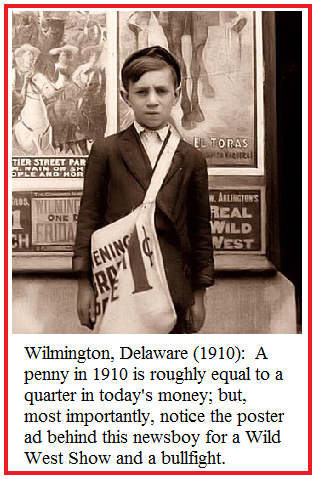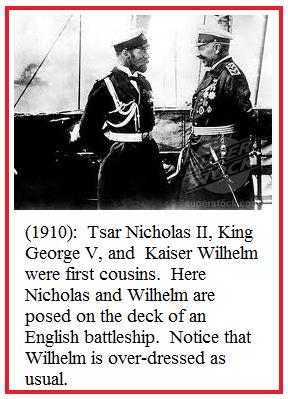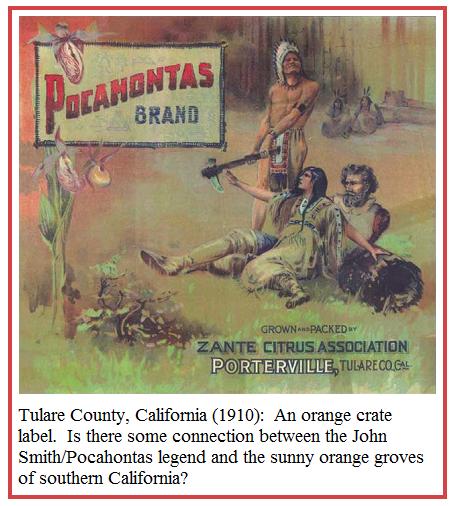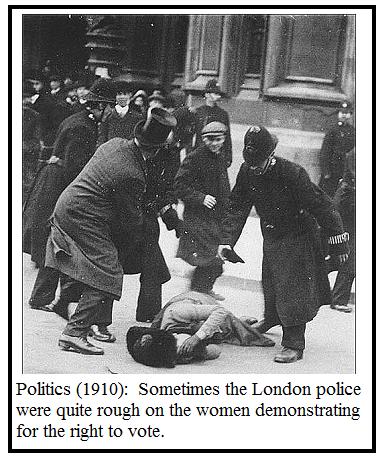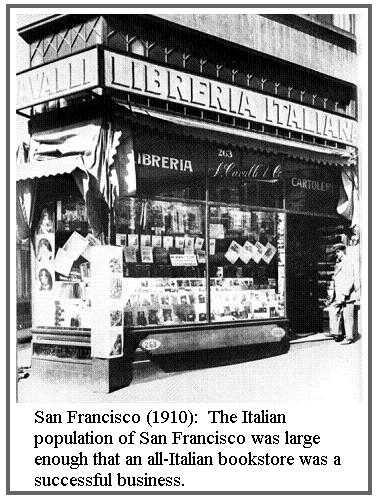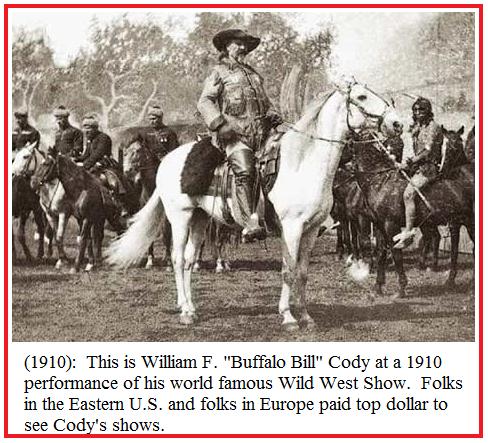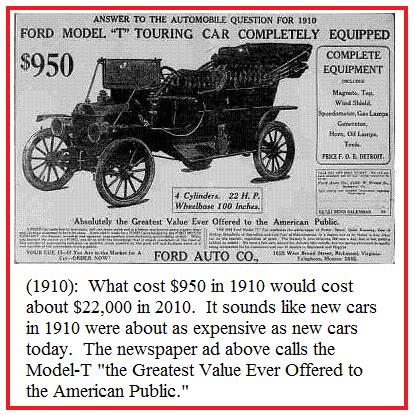The French have a saying: "La plus change, la plus meme." That means "the more things change, the more they remain the same." No matter what year I choose to examine in detail, there are some people looking to the past and some people looking to the future. 1910 is no different. There are scientists more advanced in their knowledge than most of us a century later. At the same time we can find visual evidence of people living in adobe villages and all sorts of immigrants preserving old customs and beliefs.That's why these photos are in randomized order...so the surprising contrasts will be highlighted.
Anyway, here are ten generalizations about 1910:
1. It was the great age of facial hair. Almost every mature male had a mustache or a beard or both. Notable exceptions: Boxer Jack Johnson, Actor Lionel Barrymore, and the operatic baritone Antonio Scotti and the tenor Enrico Caruso.
2. The western U.S. was still pretty wild and Buffalo Bill's "Wild West Show" was going great guns with audiences back east and in Europe; however, the extreme west coast of the U.S. had and was experiencing so many Chinese and Japanese immigrants that savvy railroad people were marketing California as the Golden Orient, the place to see quaint Oriental life styles.
3. World War One was four years away for Europeans and seven years away for Americans; nevertheless, there is plenty of visual evidence that the Germans were already gearing up to fight somebody as soon as they got the chance. In fact, however, just about every nation in Europe was training its troops to keep a balance of power that might prevent war from breaking out. In 1910, the largest army in the world was actually Great Britain's with three times more troops than Germany. Even America was training its battleship crews in the Atlantic. The seeds of World War One were being planted.
4. In 1910 immigration to the U.S. was at a peak, and most of the immigrants were white Europeans. Between 1900 and 1910 over 9,000,000 people came from Europe to America. Once World One started, the numbers of immigrants declined, especially after new immigration laws were passed in the 1920's.
5. Americans in 1910 were crazy about Henry Ford's Ford Model "T," the movies, guns and hunting, track and field events, motorcycle and car racing, and of course the airplane. People were also intensely interested in the near approach of Halley's Comet.
6. Ladies were wearing long dresses, big hats, bloomers, and middy blouses. Artist Charles Henry Dana popularized the Gibson girl image with its ideal of a 18 to 20 inch waistline, i.e., the so-called "hour glass" figure.
7. President William Howard Taft weighed over 300 pounds. In a word, "fat." His chief political rival was former President Teddy Roosevelt who wanted another chance at being President. After four years out of the Presidency and after satisfying his taste for hunting wild animals, Teddy no longer believed that his protege Taft needed to be re-elected. "Hot button" issues of the day were women's voting rights, child labor laws, prohibition of alcohol, prison reform, big business monopolies, and labor vs. management conflicts.
8. The Panama Canal, one of the greatest construction jobs in history, was well under way in 1910, but German-backed guerillas were trying to sabotage the project.
9. A partial roll call of important scientists and inventors doing some of their best work in 1910 would include: Albert Einstein (relativity theory); Niels Bohr (quantum theory); Carl Jung (psychology); Sigmund Freud (psychoanalysis); and, George Washington Carver (botany).
10. North-South memories of the Civil War were still important; all sorts of anti-black racism was everywhere to be seen; the Panama Canal was still under construction, but it needed to be guarded against sabotage by German-backed groups of local guerillas; and the world was headed to the First World War.














